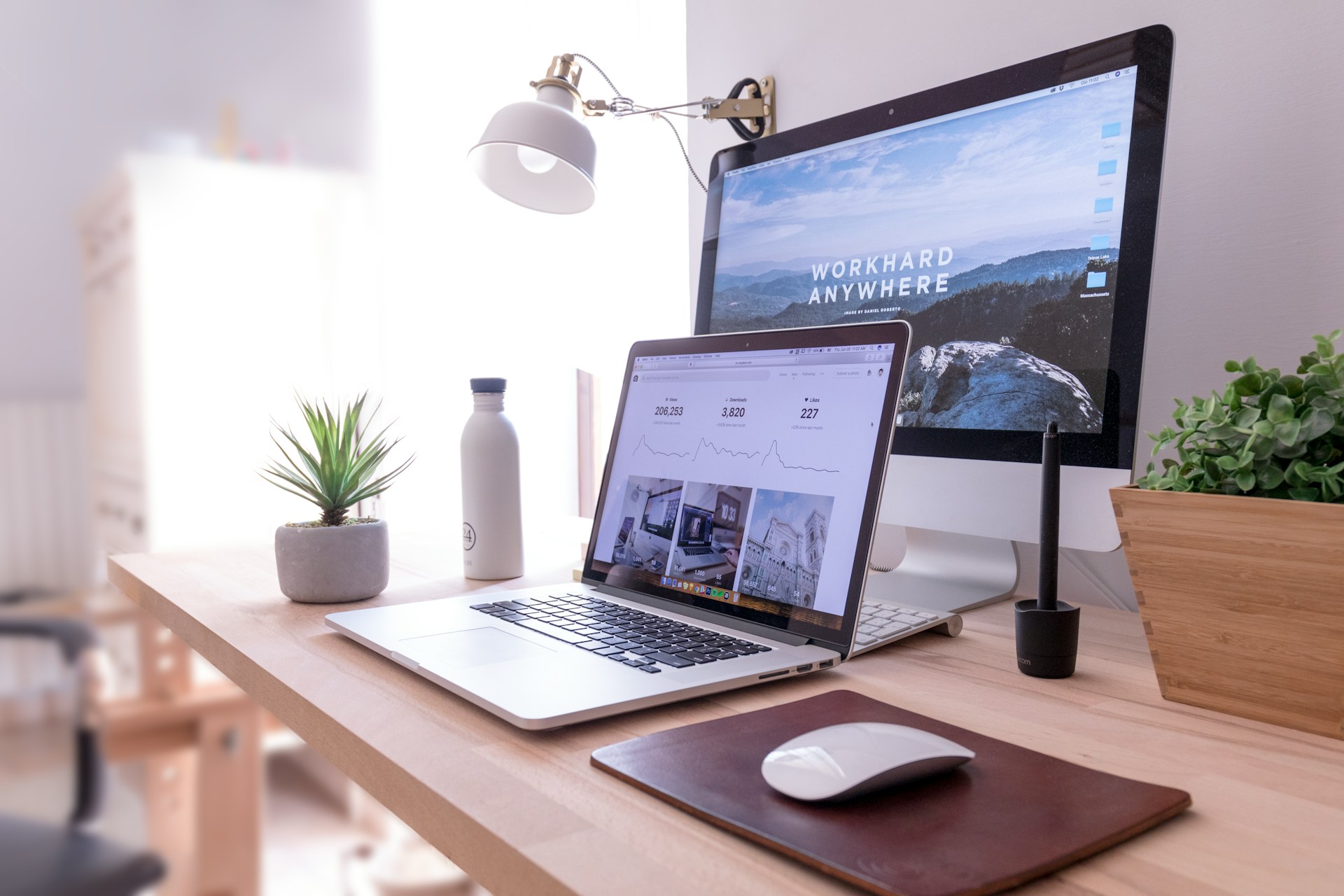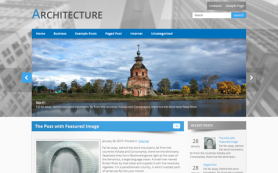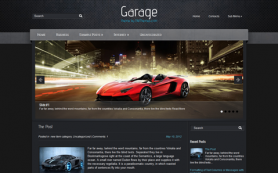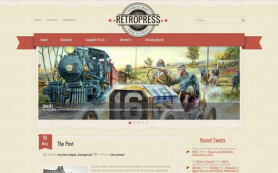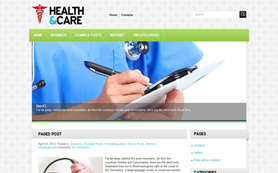Photos of even the most mundane things, from transformers to doors, can capture a sense of mood, creativity, or storytelling when done right. On your WordPress site, images are more than just decorations—they’re the first thing that grabs your audience’s attention and keeps them scrolling. Whether you’re a blogger, small business owner, or hobbyist, great photography can elevate your website’s look and feel.
So here are 3 easy tips to help you create scroll-stopping photos for your WordPress site.
Focus on Quality Over Quantity
You don’t need a hundred pictures to make an impact—just a few great ones. Blurry, poorly lit, or overly cluttered photos can hurt your site’s credibility. Instead, aim for clear, high-quality images that reflect your content.
Invest in a decent camera if you can, but don’t sweat it if all you’ve got is your smartphone—most modern phones take excellent photos. Use natural light whenever possible, especially for things like food, products, or portraits. And remember to clean your camera lens, seriously!
If you’re not taking your own photos, stock photo websites like Unsplash or Pexels offer professional, high-resolution images for free. Just make sure the photos align with your website’s theme and message.
Edit Like a Pro
Editing can take your photos from good to great, and you don’t need fancy software to do it. Plenty of tools are easy to use, even for beginners.
Start by adjusting the basics: brightness, contrast, and saturation. Avoid over-editing—your goal is to enhance, not distort. You can also crop or straighten your photos for better composition. For WordPress, resizing your images is important; large files can slow down your site. Aim for a balance between quality and performance by compressing images with tools. If you’re adding text to your images, like for a blog header or social media graphic, keep the font clean and readable. Consistency in your editing style helps create a cohesive look for your site.
Use Photos to Tell a Story
Every photo on your WordPress site should serve a purpose. Ask yourself: what do I want this image to convey? Whether you’re highlighting a product, sharing a personal story, or guiding users through a tutorial, your photos should support your message.
For blog posts, use images to break up text and add visual interest. A great header photo can hook readers right away, while smaller images throughout the post keep them engaged. For portfolios, focus on showcasing your work in a way that feels authentic and professional. And if you’re running an online store, high-quality product shots from multiple angles are essential for building trust with potential buyers.
Really, by focusing on quality, masterng simple edits, and using your photos to communicate a clear message, you should get a website that's visually stunning enough to connect with your audience!
 Members Area
Members Area
